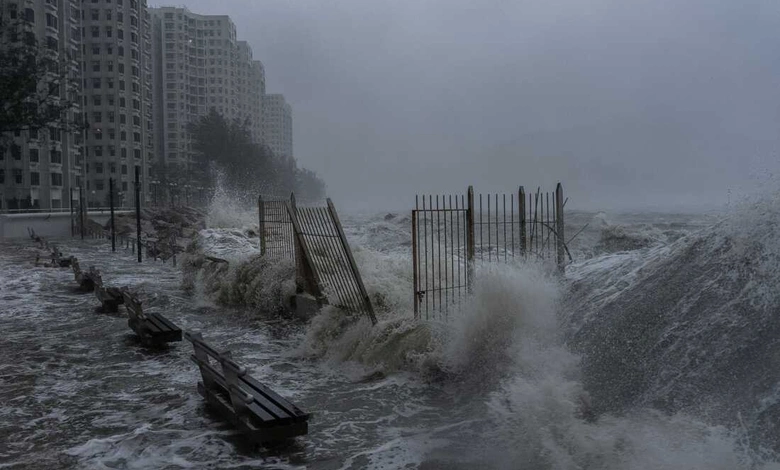As Super Typhoon Ragasa, the most intense tropical cyclone of the year, receded into history, Hong Kong began piecing itself together on Thursday. The bustling financial center, paralyzed for over a day by ferocious winds and torrential rains, saw its international airport restart departures after a 36-hour halt, while shops, public transit, and select schools swung open their doors once more.
The storm, which had already claimed 14 lives as it barreled through the northern Philippines and Taiwan, ground the city to a halt starting Tuesday afternoon. It slammed into Yangjiang, a southern Chinese port city, on Wednesday, unleashing its full wrath on the densely packed urban landscape.
In Hong Kong, the onslaught left more than 100 residents nursing injuries, prompting officials to hoist the rare No. 10 typhoon signal—the highest alert level—for much of the day. By Thursday morning, the Hong Kong Observatory had downgraded the threat to signal No. 3, the second-lowest tier, as Ragasa drifted eastward and fizzled into a mere tropical storm. Kindergartens and a handful of primary schools remained shuttered as a precaution.
The previous day’s chaos was stark: Massive waves battered the eastern and southern coastlines, flooding streets and seeping into homes. At the upscale Fullerton hotel on the city’s southern fringe, saltwater breached the glass entrance, flooding the lobby without causing harm. The property quickly assured guests that operations had returned to routine.
At the airport, the Authority reported a smooth ramp-up, with all three runways active from 6 a.m. local time (1000 GMT). Airlines planned to handle more than 1,000 flights through late Friday, though officials warned of crowded terminals over the next two days.
Cleanup crews faced a daunting tally: Urgent fixes for buckled roadways, removal of over 1,000 toppled trees, and mitigation of about 85 flood incidents across the territory.
In anticipation of the beast, authorities had distributed sandbags on Monday to fortify vulnerable lowlands, while anxious residents raided stores for supplies. Supermarket shelves stood empty, and prices for fresh produce spiked amid the frenzy.
Though the immediate peril has passed, Ragasa’s scars—a reminder of nature’s raw power—linger in uprooted greenery and waterlogged corners. For now, the city exhales, its resilient spirit already turning toward tomorrow.
